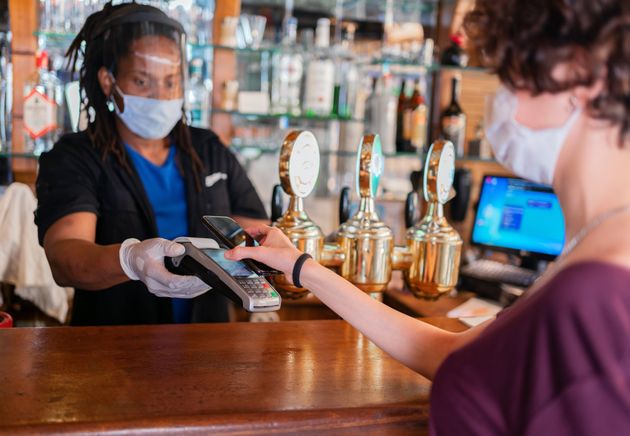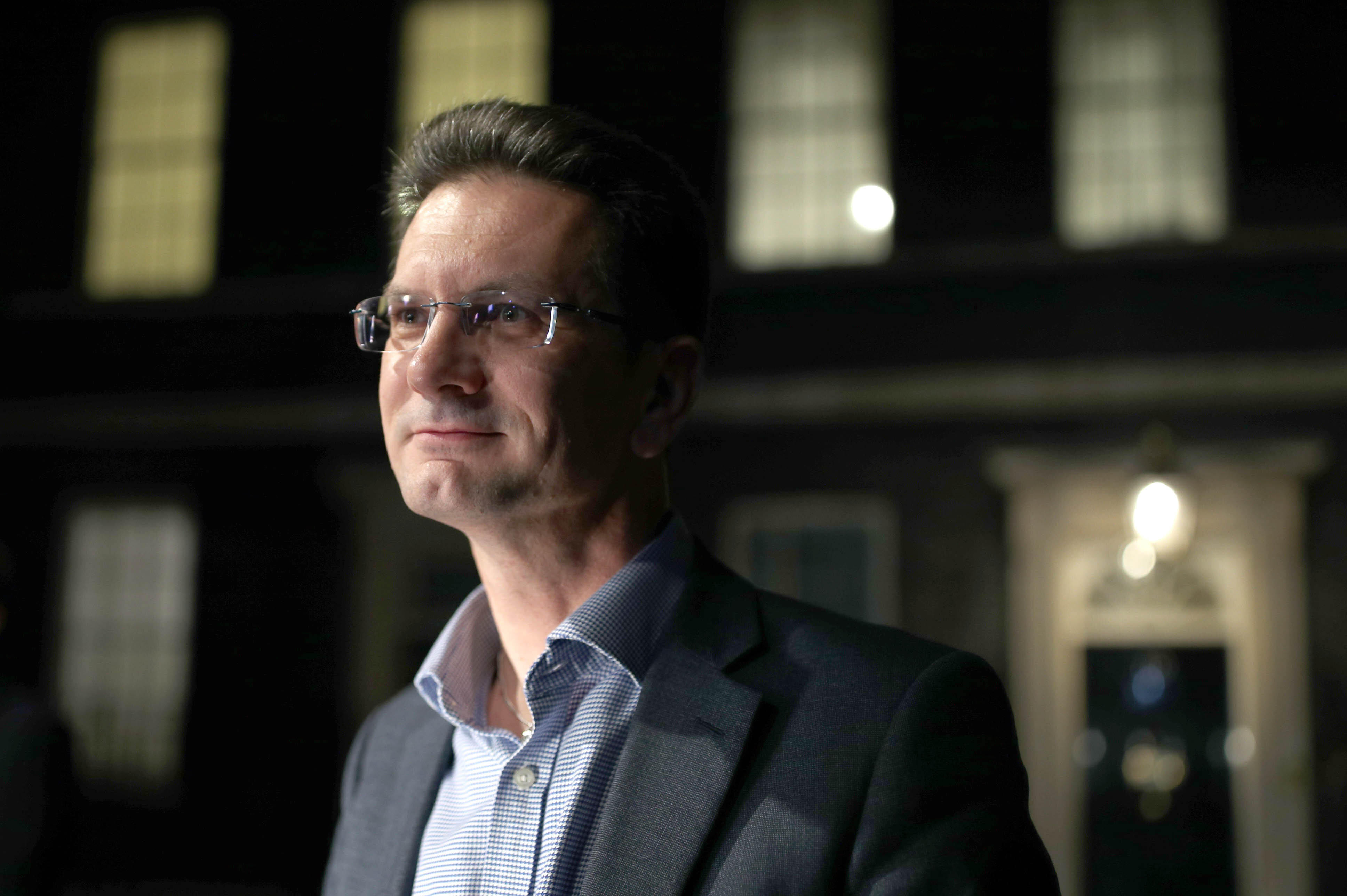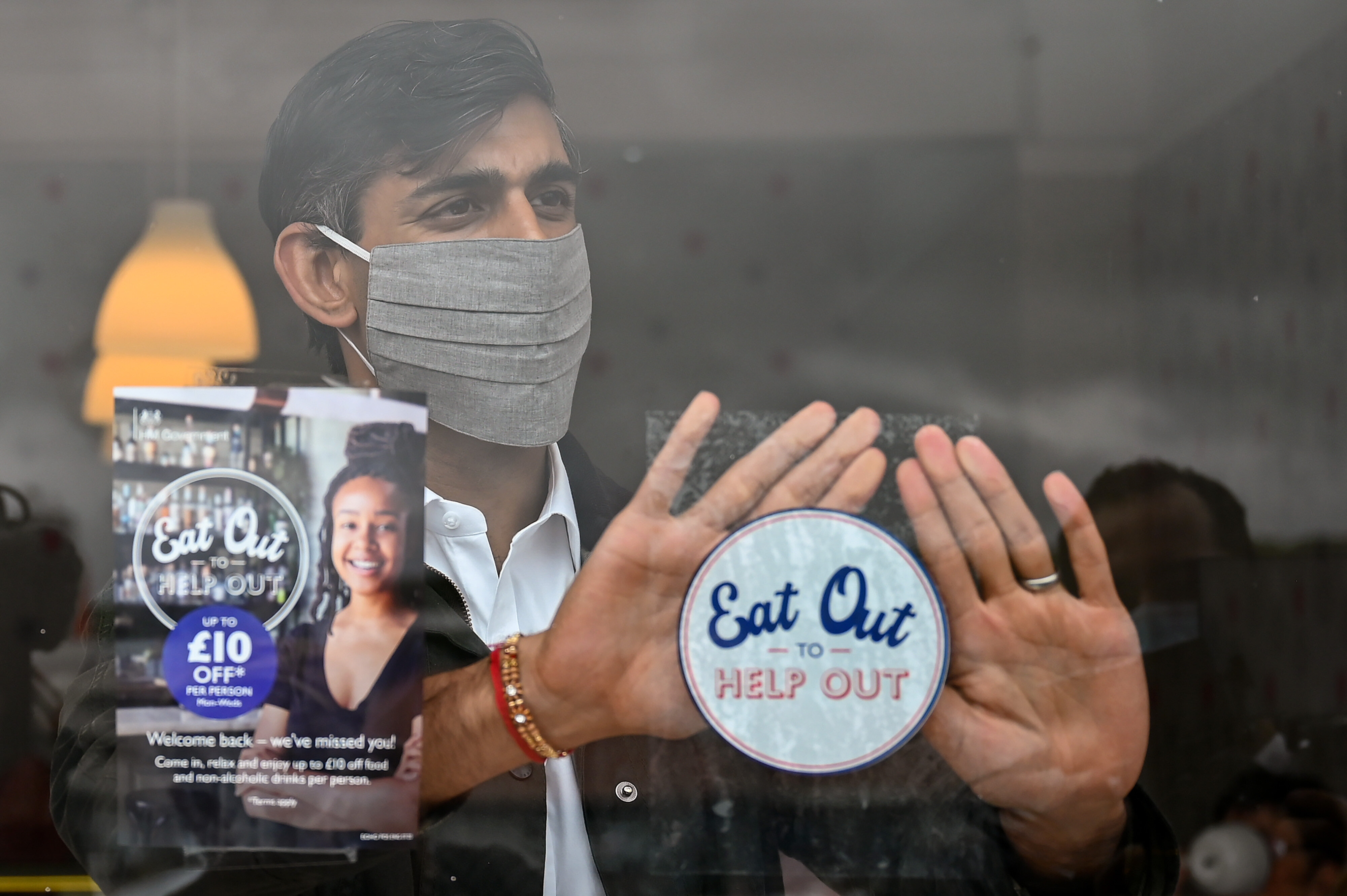Pubs might have lots of measures in place to lower the risk of spreading Covid-19 once they reopen, but a study suggests this might not be enough.
Research between May and August 2020 by the University of Stirling looked at a wide range of licensed premises that reopened after the first nationwide lockdown and operated under guidance from government.
The venues had made physical modifications and changed practices to be safe, but researchers found these methods were variable and “a number of incidents of greater concern were observed”. These included close physical interaction between customers and staff, which “frequently involved alcohol intoxication”.
Published in the Journal of Studies on Alcohol and Drugs, the study is thought to be the first in the world to examine the operation of Covid-19 measures in pubs and bars.
Researchers say its findings will inform governments, public health experts, and policymakers in the UK and other countries as they consider the impact of the pandemic on hospitality and the risks of lifting restrictions.
But a spokesperson for The Scottish Hospitality Group (SHG) said it’s a “farce” that the report is even on the table for discussion and labelled it an “out-of-date witch-hunt, that is wholly unreflective of the industry”.

What was the aim of the study?
In 2020, an infographic sourcing information from 500 epidemiologists and experts found visiting indoor bars was one of the highest risk activities for spreading Covid-19. Professor Niamh Fitzgerald, director of the University of Stirling’s Institute for Social Marketing and Health, said the study aim was to see if Covid-19 transmission risks could be managed where alcohol is served.
Researchers interviewed business owners and staff before pubs reopened to understand the challenges faced. Then, when they reopened in July, the researchers posed as customers and visited 29 premises to observe if the government measures were working.
What did the study find?
“Businesses expressed an intention to work within the guidance, but there were commercial and practical challenges to making this a reality,” said Prof Fitzgerald, who led the research. While researchers noted that substantial efforts had been made to change the layout of pubs and bars to enable social distancing, problems still occurred that could result in the virus spreading.
There were issues with staff not wearing personal protective equipment (PPE) or wearing masks inappropriately (for example, on their chins or under noses), as well as with the management of toilets, queues and other ‘pinch points’. People would congregate, or there would be bottlenecks around entrances, corridors, doorways or bar counter areas, which often went unchallenged.

Other issues included:
- Most venues required customers to provide contact details to support contact tracing, however nine businesses observed did not.
- Most venues distanced their tables by one metre or more, or had installed partitions between booths, however several had tables closer together than that without partitions.
- While hand sanitising stations were provided, they were infrequently used.
- Fewer than half of venues had a basic system in place to limit the number of customers entering toilets.
- Fewer than half of venues offered table service only, which helps avoid any possibility of queuing for service at the bar.
“We also observed several incidents of greater concern – including customers shouting, embracing or repeatedly interacting closely with several households and staff – which were rarely addressed by staff,” said Prof Fitzgerald.
“Despite the efforts of bar operators and guidance from government, potentially significant risks of Covid-19 transmission persisted in at least a substantial minority of observed bars, especially when customers were intoxicated.”
What does this mean for pubs and bars?
Professor Fitzgerald said the findings “suggest grounds for uncertainty” about the extent to which new rules can be effectively implemented in a sector where interaction between tables, households and strangers is the norm and alcohol is routinely consumed.
“Blanket closures, curfews or alcohol sales bans are more likely to be deemed necessary to control virus spread, if such risks cannot be acceptably, quickly and cost-effectively reduced through support for premises operators,” she added. These blanket actions could also protect staff from exposure and reduce pressure on emergency services from alcohol-related injuries, she said.
But attention also needs to be paid to the impact of closures on businesses, economic activity, and employee hardship, Prof Fitzgerald added.
The British Beer and Pub Association has been calling on the government to provide a reopening date for licensed premises, as well as a “roadmap to recovery” after restrictions and lockdowns knocked sales by 56% in 2020.
Pubs are clamouring to reopen, with pub giant Young’s saying there’s “no reason why [they] cannot open in April”. In a letter to the prime minister, the CEO, Patrick Dardis, said the pub industry is “part of the solution”, and said a successful vaccination programme is “meaningless if it does nothing to aid our economic recovery”.
Save the Great British pubs
Today our CEO Patrick Dardis calls on the Prime minister to take action and secure the future of the Great British pub!
“Young’s is calling on the government to save our great British pubs and pull the county back from economic misery…”
Please RT pic.twitter.com/uBYW3czFvB
— Young's Pubs (@YoungsPubs) February 13, 2021
The chairman of JD Wetherspoon has called for pubs to reopen at the same time as non-essential shops to save the industry, which is “on its knees”.
There are rumours pubs may be able to reopen in April with outdoor service only – but Kate Nicholls, chief executive for UKHospitality, said this is “not economically feasible”. Delaying opening until May “without significant additional compensation will see large numbers of business failures and job losses”, she said.
In response to reports on reopening outdoors, Chris Welsh, bar manager of Craft Taproom in Liverpool, told The Telegraph: “What our industry needs is clear statements, clear science and reasoning, and easily accessible support. We don’t want endless handouts, but we do want to survive.”
Stephen Montgomery, spokesperson for The Scottish Hospitality Group (SHG), said of the University of Stirling study: “It’s a farce that this report is even on the table for discussion. It is an out-of-date witch-hunt, that is wholly unreflective of our industry.”
The study was conducted with “just a handful of premises and then applied to the wider sector”, he said, adding: “You don’t need to be a mathematician to work out that basing the closure of a £10.5 billion industry on this sham of a report would be ludicrous.”
Targeting bars and pubs breaking the rules is the “proper and proportionate way to proceed”, he concluded. “Our sector has… bent over backwards to ensure staff and customers are protected, with huge efforts being made by the vast majority of responsible operators in social distancing, PPE, track and trace and other hygiene measures, and all without any financial help from the Scottish government.”


